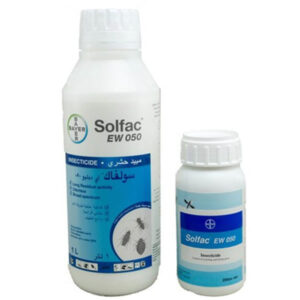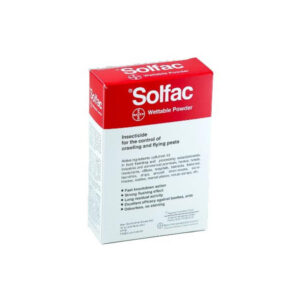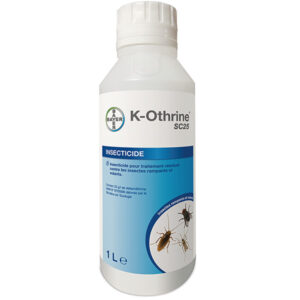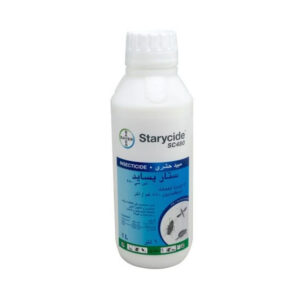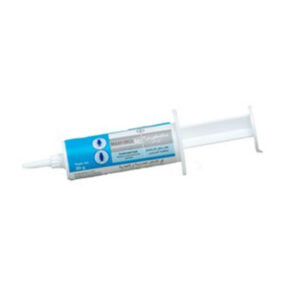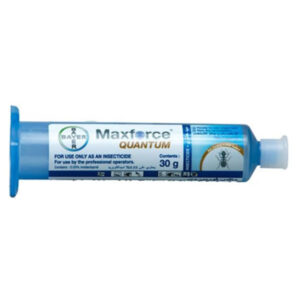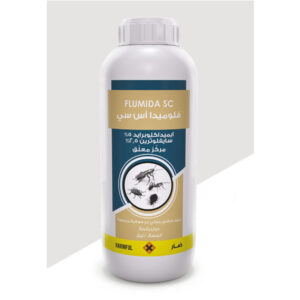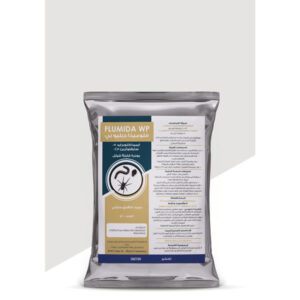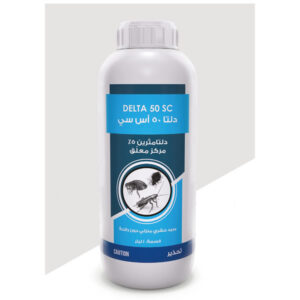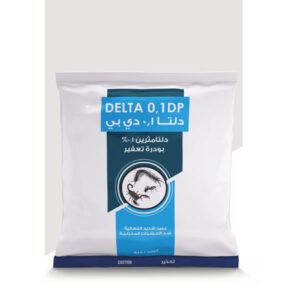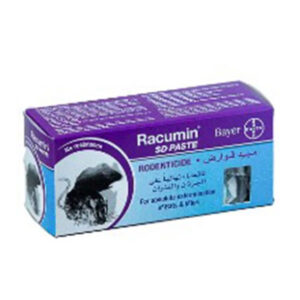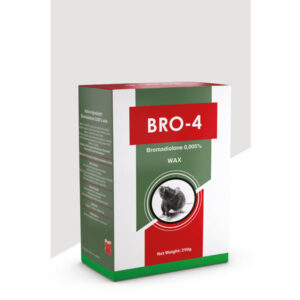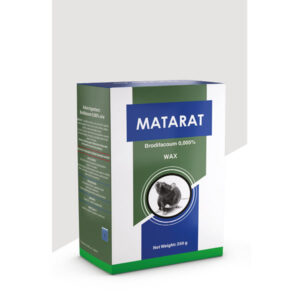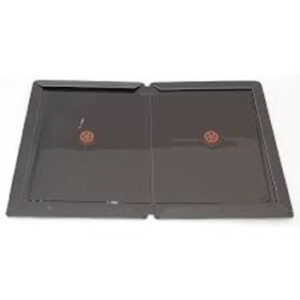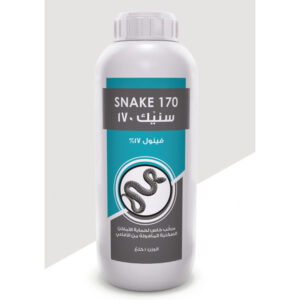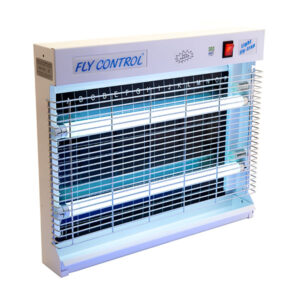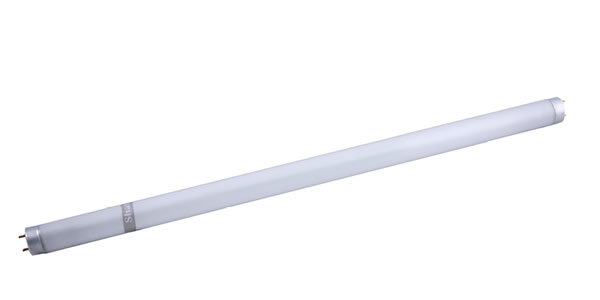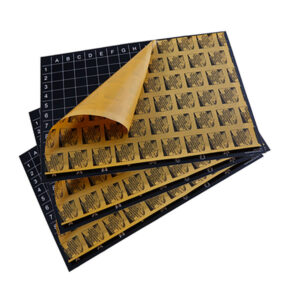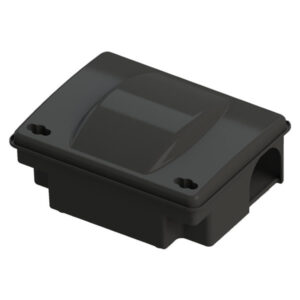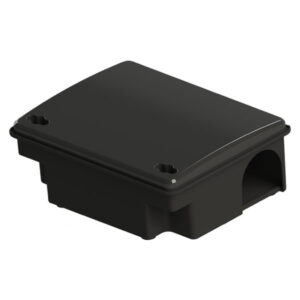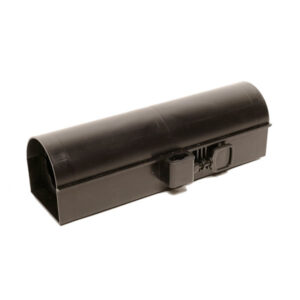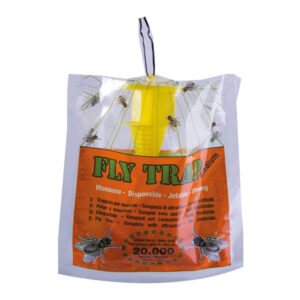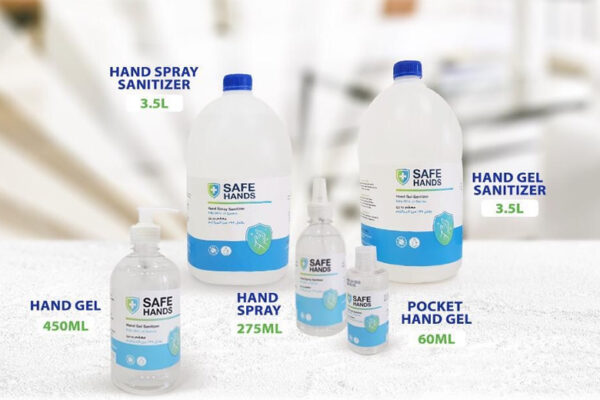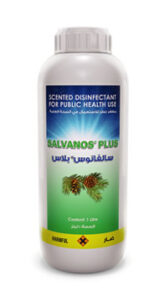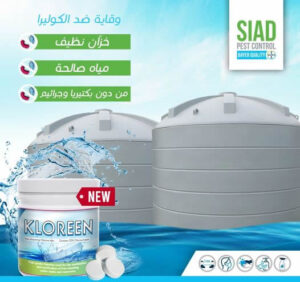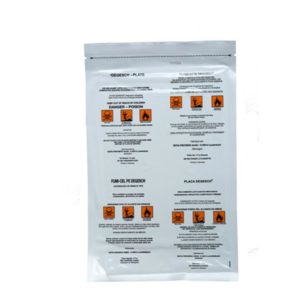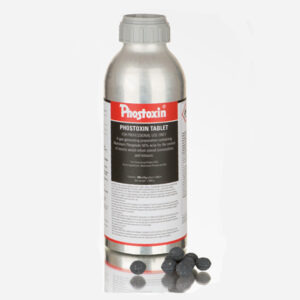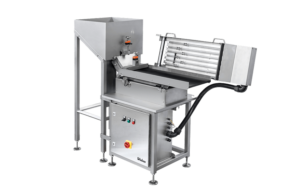
Species characteristics:
Two pairs of well-developed membranous wings, with few cross veins; clothed with broad scales; generally, suctorial mouthparts
Life cycle:
- Warehouse Moth:
Within 4 days of emergence, the female produces 100-150 eggs (cracks, crevices), hatch in 10-14 days to give larvae (penetrate food-webbing). Larvae (4-5 moults to be 12mm long) wander for 1-3 days, searching for a dark place throughout the winter and emerging as adults in late spring. - Mediterranean flour moth:
Mating takes place immediately after the adults emerge (350 eggs), hatch in 4-28 days (larvae). After 3-5 moults the larvae (15-19mm long.) pupate for 7-16 days in the dark corners of buildings or machinery. - Brown House Moth:
Lays up to 650 eggs, preferring rough open surfaces, larvae (16mm length) - Common Clothes Moth:
Female lays up to 160 eggs during a period of 2-3 weeks. During the summer these hatch in 4-10 days to give larvae (10mm), 5moults (pupa 7mm). The full cycle takes between 88-254 days.
Host/habitat:
Moths can be found in a variety of stored products. Some species are associated with goods of vegetable origin, whilst others are associated with animal products -particularly textiles (wool, fur, skin, leather). Also found in mills, bakeries (wheat, flour) and occasionally even in catering premises.
Moths as pest:
Moth larvae can cause considerable damage to stored goods by feeding or by contamination with their own products, e.g. webbing and frass may be responsible for blocking machinery and ducts, wool, fur, skins and leather. It also infests cereals, fruit, shelled nuts, cocoa beans, fish, spices, tobacco and mill’s finished products.





















